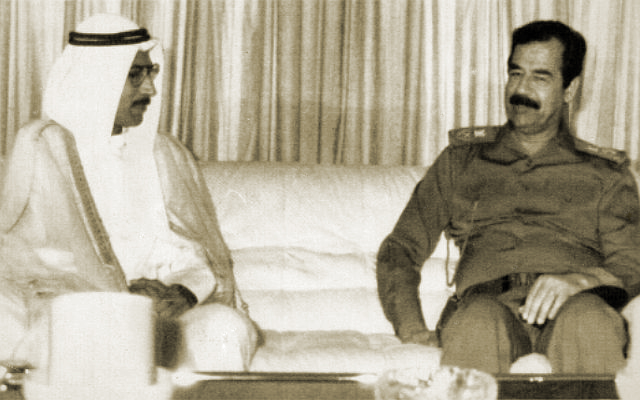
Introduction
The legacy of Saddam Hussein, the former President of Iraq, remains a topic of intense debate and analysis. His rule, marked by both authoritarian governance and significant geopolitical impacts, played a pivotal role in shaping the modern Middle East. Understanding his leadership and the events that unfolded during and after his presidency is crucial for comprehending current dynamics in the region.
Background and Rise to Power
Saddam Hussein was born on April 28, 1937, in Al-Awja, Iraq. His political career began when he joined the Ba’ath Party in the 1950s. By 1968, he had become a prominent figure in the party, leading to his position as Vice President, and later, President of Iraq in 1979. Under his rule, Iraq underwent significant modernization and economic growth, particularly due to its oil reserves.
Controversial Policies and Wars
Saddam’s leadership is often characterized by a combination of modernization efforts and brutal repression. His Ba’athist regime was notorious for human rights abuses, including the persecution of ethnic minorities such as the Kurds and Shiites. The Iran-Iraq War (1980-1988) exemplified both his militaristic ambitions and the human cost of his policies, leading to hundreds of thousands of casualties on both sides.
In 1990, Saddam’s invasion of Kuwait escalated tensions in the region, prompting international condemnation and the Gulf War. The conflict led to a massive coalition against Iraq, and, despite being ousted from Kuwait, Saddam remained in power, continuing to defy UN sanctions and inspections.
Downfall and Execution
Saddam’s rule continued until the U.S.-led invasion of Iraq in March 2003. The invasion resulted in the rapid collapse of his government. In December 2003, he was captured by U.S. forces. Saddam Hussein faced trial for crimes against humanity, and in 2006, he was sentenced to death, which was carried out later that year.
Conclusion and Significance
The legacy of Saddam Hussein is one of controversy. While some view him as a necessary stabilizing force against Iran and extremist groups, others see him as a tyrant whose actions led to thousands of deaths and prolonged conflict in the region. The aftermath of his regime continues to influence Iraq’s politics and the broader Middle Eastern landscape today. Understanding this legacy can provide key insights into contemporary issues facing the region, including sectarian violence and the rise of extremism.



